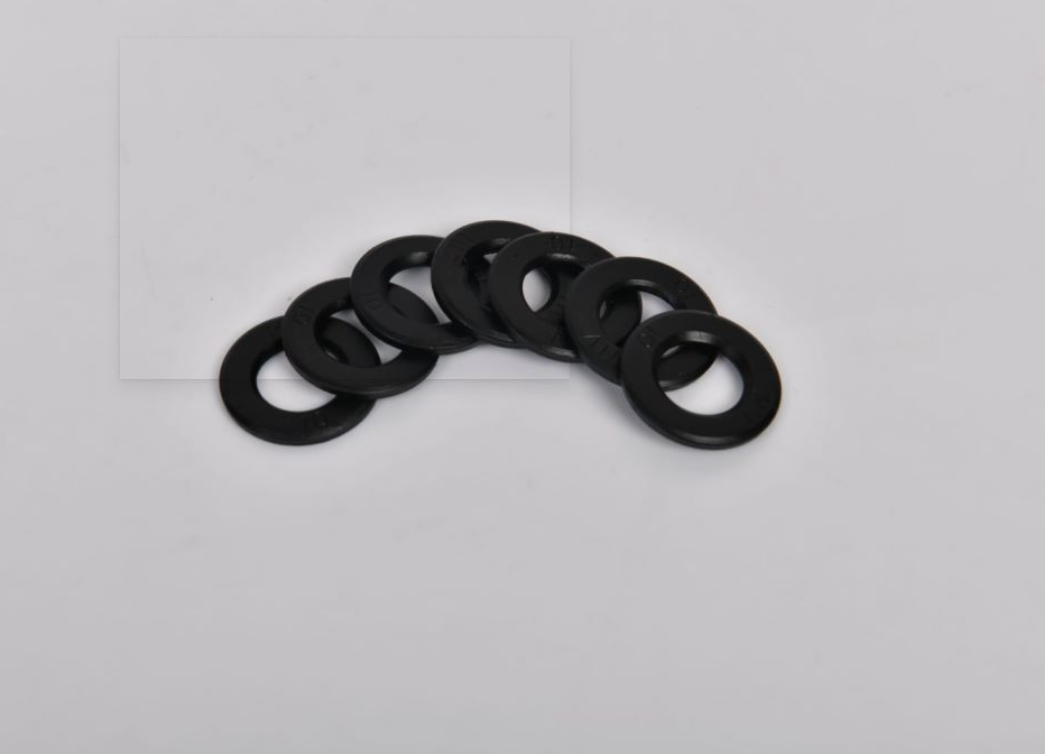Understanding Self-Tapping Screw Sizes A Comprehensive Guide for Manufacturers and Users
Understanding Self-Tapping Screw Size Chart for Manufacturers
Self-tapping screws are critical components in many manufacturing and construction applications. They are designed to create their own thread when driven into materials, eliminating the need for a pre-drilled hole. This feature significantly reduces installation time and enhances efficiency, making self-tapping screws a popular choice among manufacturers. To effectively utilize these fasteners, understanding the various sizes and specifications is essential. In this article, we will explore self-tapping screw size charts, their importance, and the key factors manufacturers must consider.
Importance of Self-Tapping Screw Size Charts
A self-tapping screw size chart serves as a comprehensive reference tool for manufacturers. It contains essential information on the dimensions, thread types, material specifications, and coatings of screws. By consulting these charts, manufacturers can select the appropriate screws for their specific applications, ensuring optimal performance and reliability.
Key Components of Self-Tapping Screw Size Charts
1. Diameter The diameter of a self-tapping screw is one of the most critical dimensions. It is typically measured in inches or millimeters. Common diameters range from 2 (2.0 mm) to 14 (6.35 mm) for smaller screws, while larger sizes can go up to 1 inch or more, depending on the application.
2. Length The length of the screw is measured from the top of the head to the tip of the screw. Lengths can vary widely, from a few millimeters to several inches, allowing manufacturers to select the right size for their specific needs.
3. Thread Type Threading can vary between screws, with options like coarse, fine, and extra-fine threads. The type of thread affects how the screw interacts with the material, influencing its holding power and resistance to stripping.
4. Head Style Self-tapping screws come in various head styles, including pan, flat, round, and hexagonal. The head style can impact the screw's visibility, the tool required for installation, and the overall aesthetic of the finished product.
5. Material The material from which the screw is made also plays a significant role in its performance. Common materials include steel, stainless steel, brass, and plastic. Each material has unique properties, such as resistance to corrosion or shear strength, which can affect the screw's suitability for particular environments.
self tapping screw size chart manufacturers

6. Coating Many self-tapping screws feature coatings designed to enhance their durability and performance. Common coatings include zinc plating, black oxide, and epoxy finishes. These coatings can provide additional protection against rust and corrosion, making them suitable for outdoor or high-humidity applications.
Choosing the Right Self-Tapping Screw
When selecting self-tapping screws for a project, manufacturers should consider several factors
- Material Compatibility Ensure the screw is compatible with the materials to be fastened. For example, using a stainless-steel screw in a non-corrosive environment can provide long-lasting results, while a steel screw may fail prematurely in similar conditions without appropriate coating.
- Load Requirements Analyze the expected load on the joint. Higher loads may require larger diameters and longer screws for adequate strength.
- Installation Environment Consider environmental conditions such as humidity, temperature, and exposure to chemicals. Selecting screws with appropriate coatings can safeguard against premature failure.
- Cost and Availability While it is essential to select high-quality screws, cost and availability should also factor into the decision-making process. Bulk purchasing from trusted manufacturers can often yield cost savings.
Conclusion
Self-tapping screws play a vital role in various manufacturing processes, providing an efficient and effective fastening solution. Understanding the details within a self-tapping screw size chart is critical for manufacturers to select the appropriate screws for their applications. By paying attention to factors such as diameter, length, thread type, head style, material, and coating, manufacturers can enhance their projects' quality and performance, ultimately leading to greater operational success.
-
Top Choices for Plasterboard FixingNewsDec.26,2024
-
The Versatility of Specialty WashersNewsDec.26,2024
-
Secure Your ProjectsNewsDec.26,2024
-
Essential Screws for Chipboard Flooring ProjectsNewsDec.26,2024
-
Choosing the Right Drywall ScrewsNewsDec.26,2024
-
Black Phosphate Screws for Superior PerformanceNewsDec.26,2024
-
The Versatile Choice of Nylon Flat Washers for Your NeedsNewsDec.18,2024










